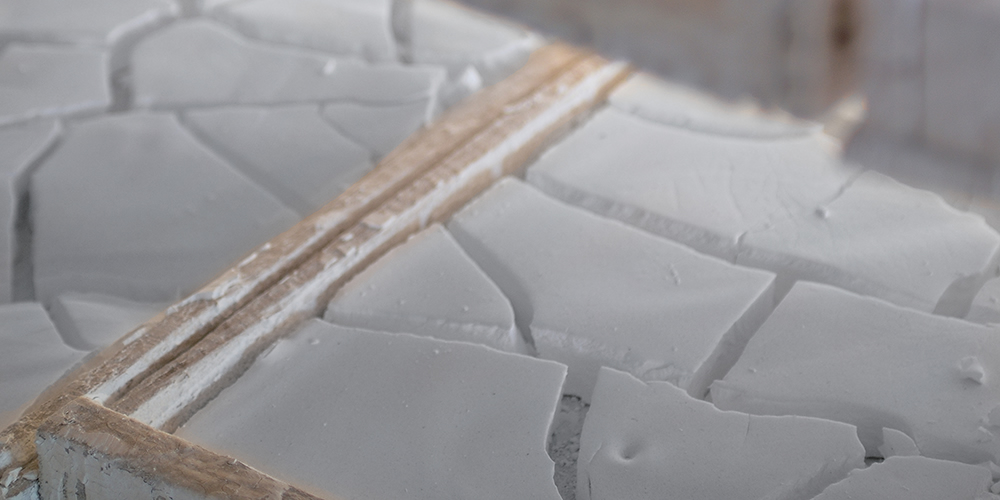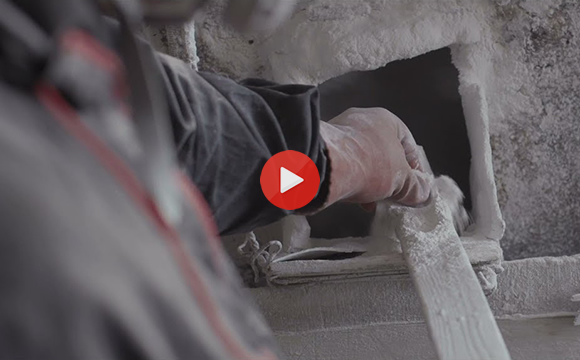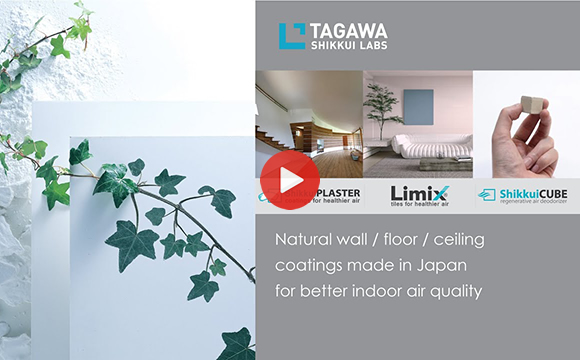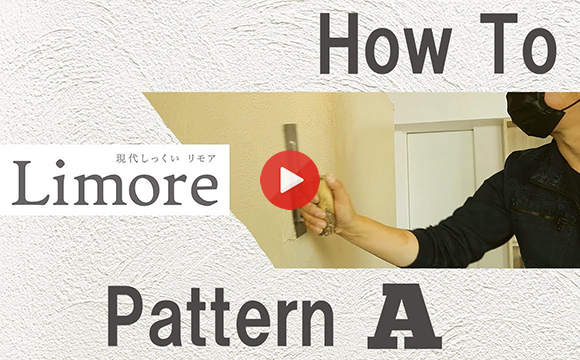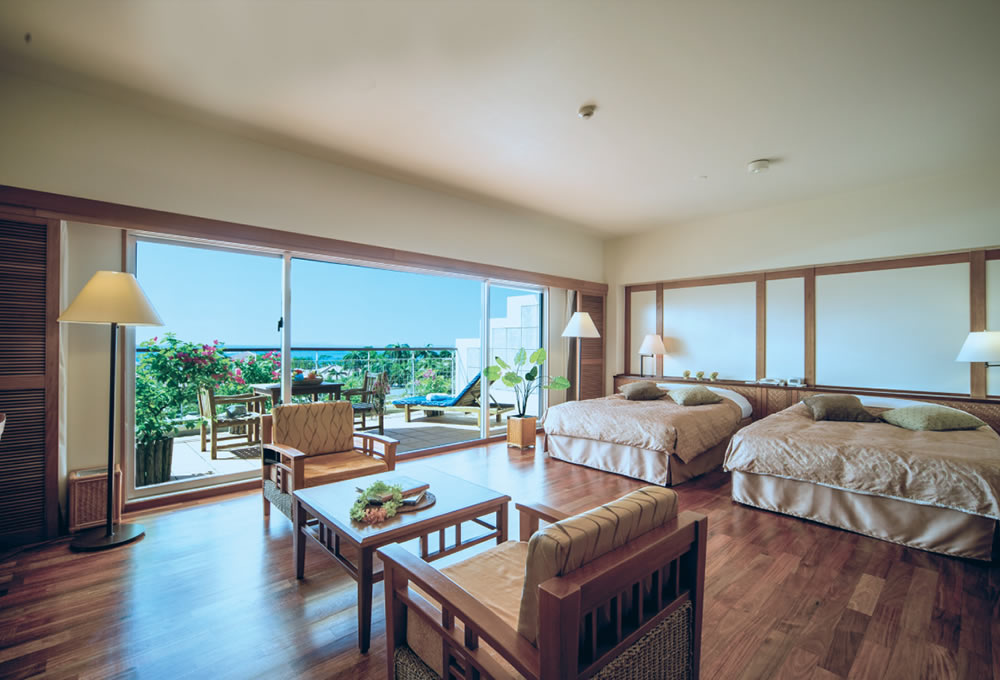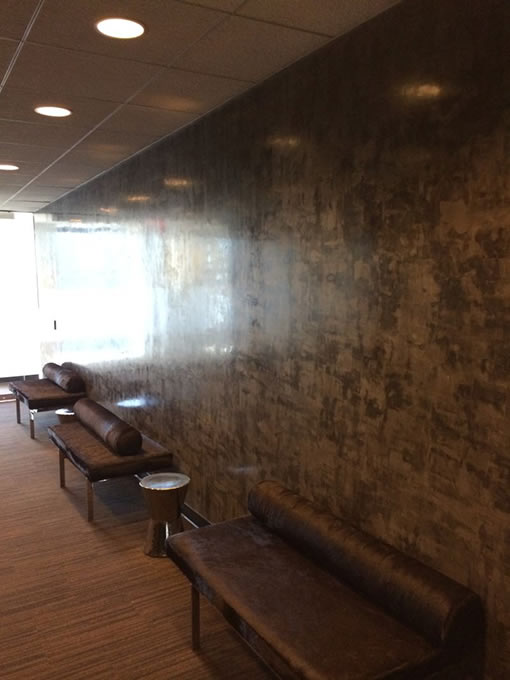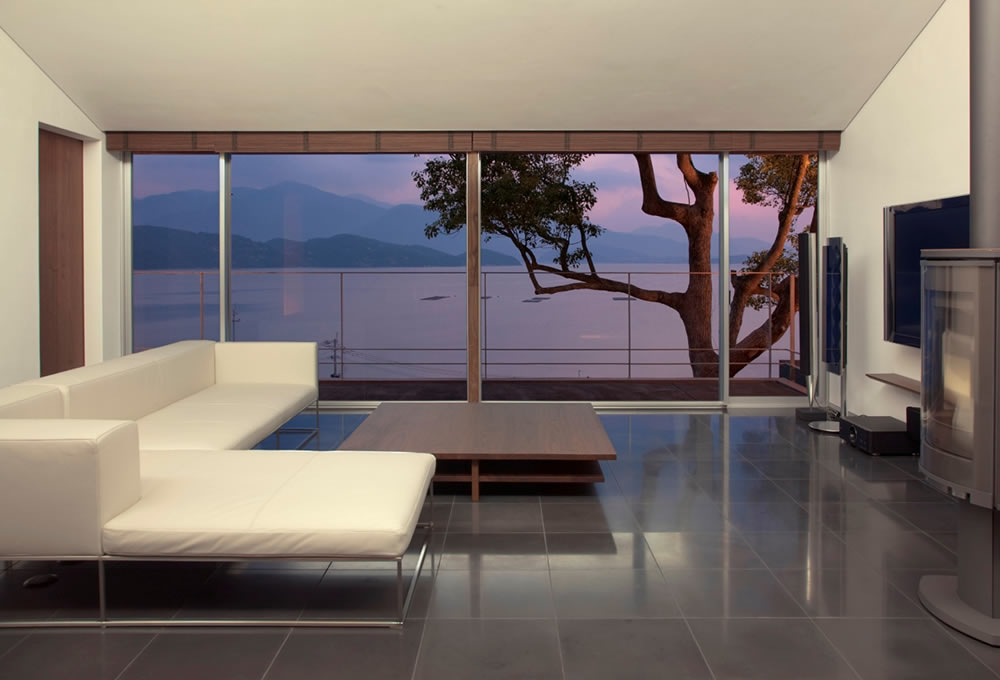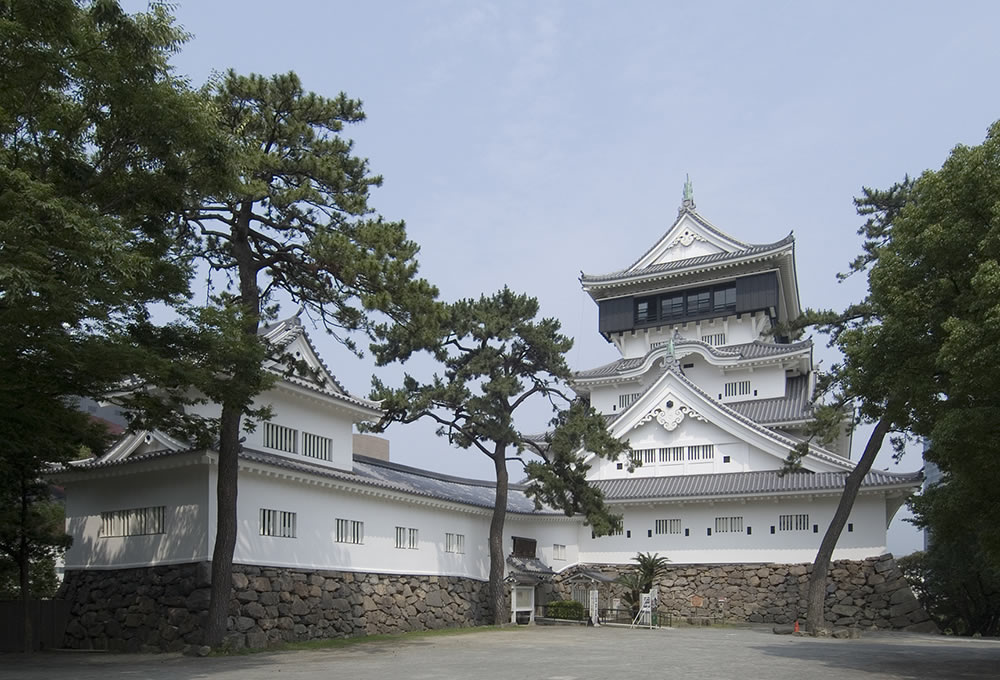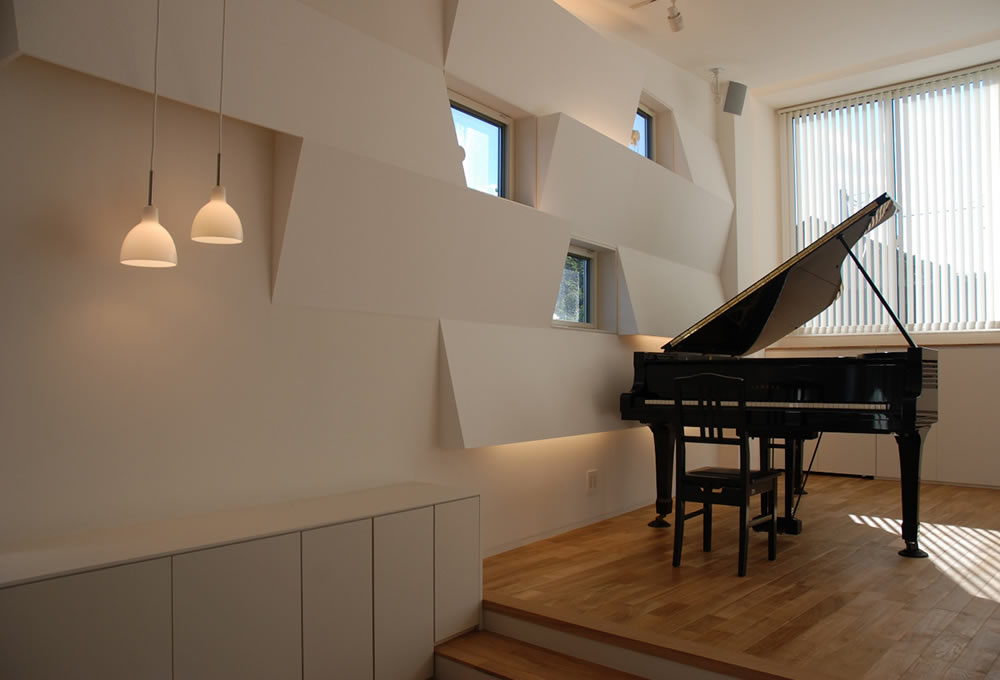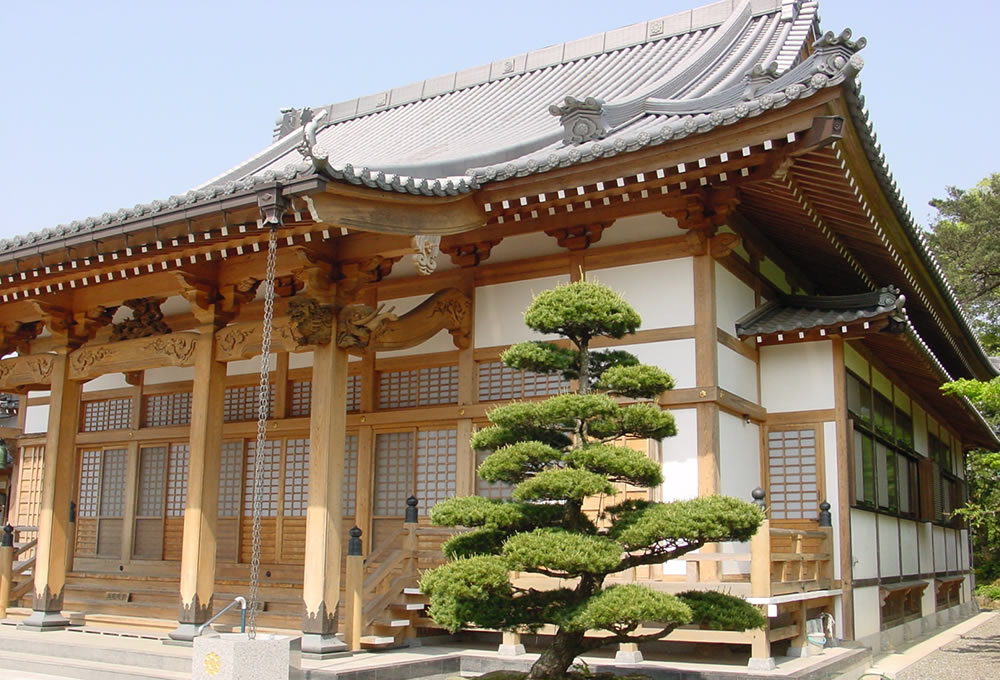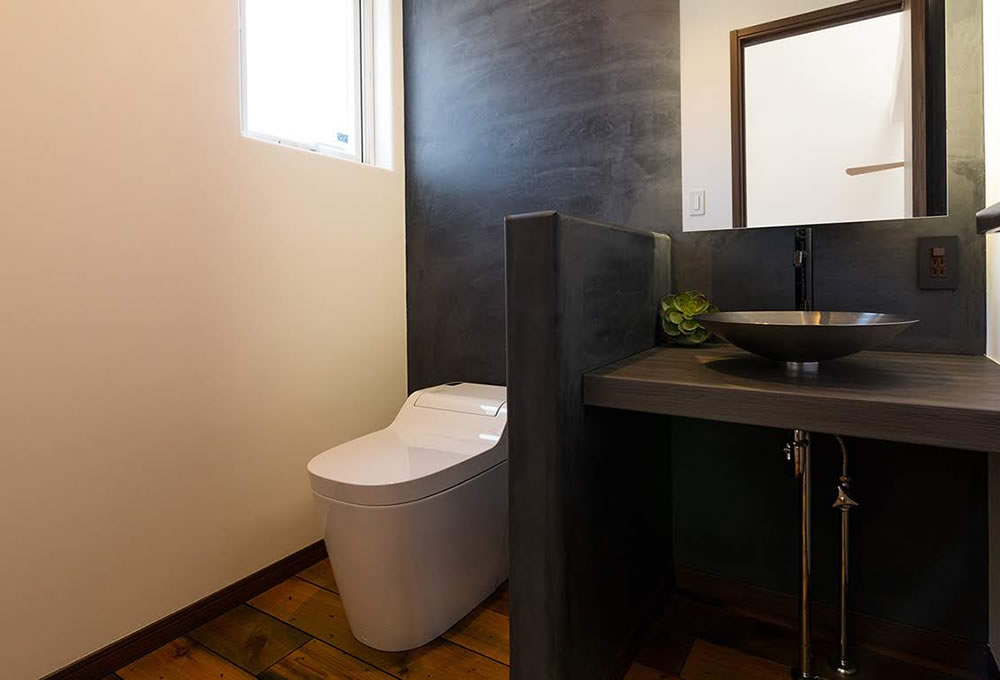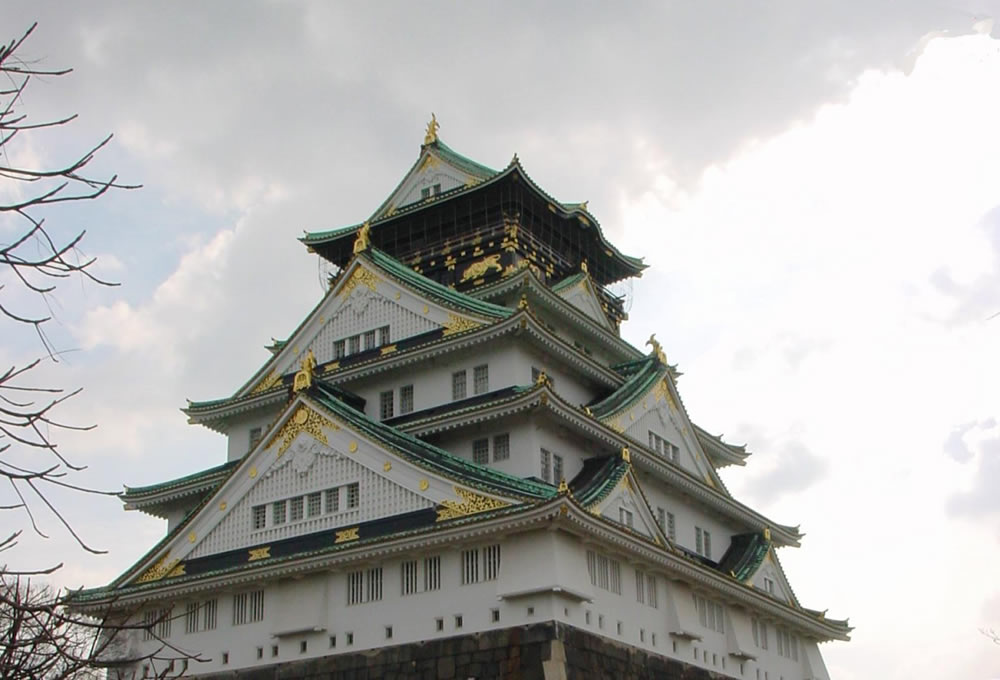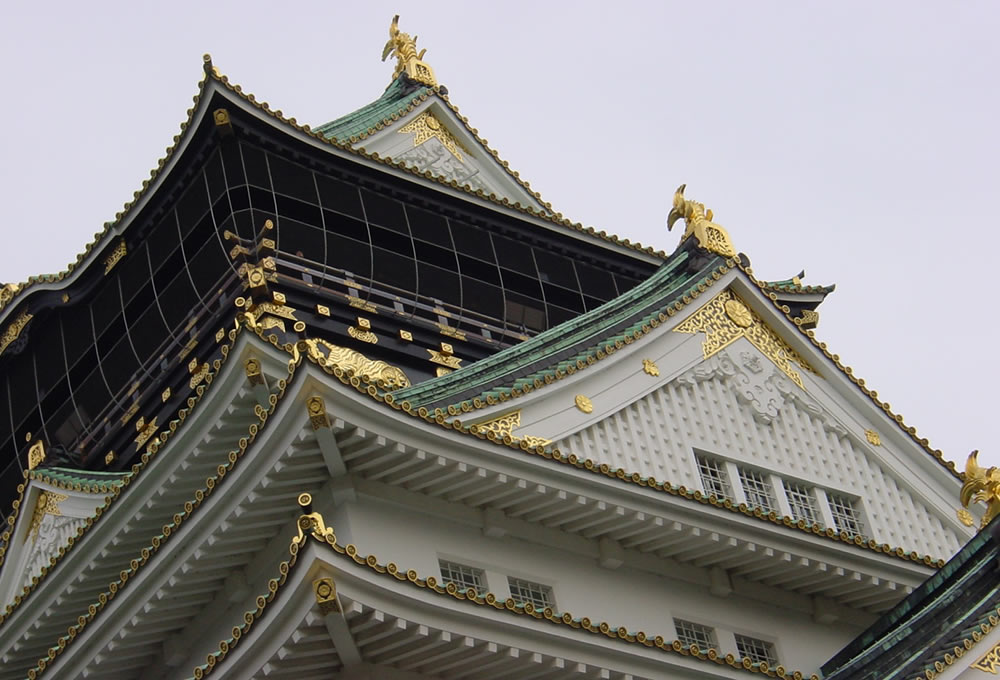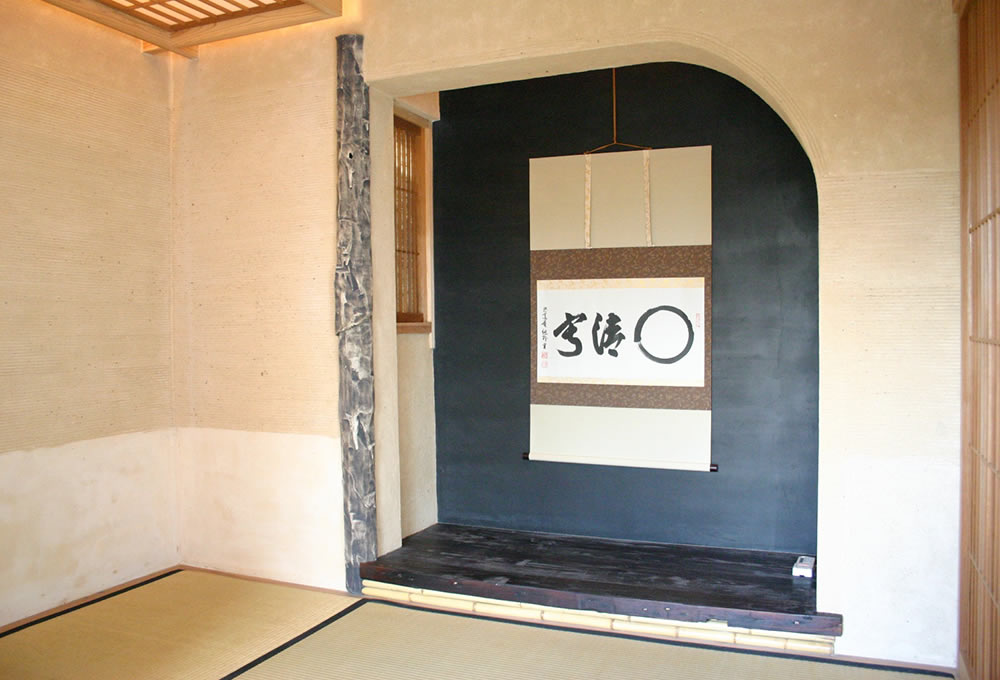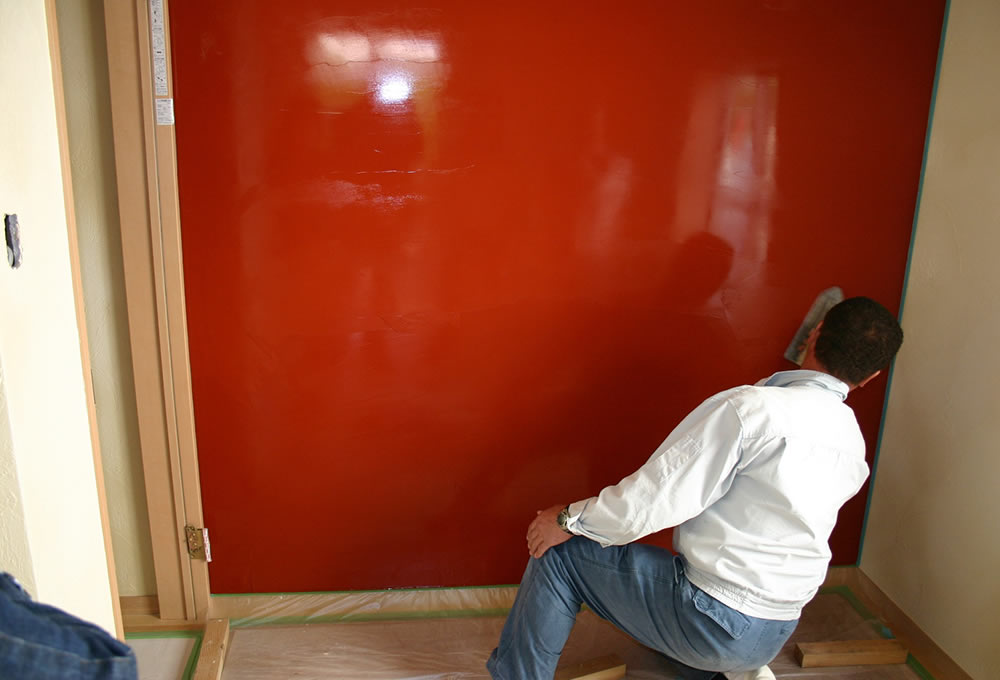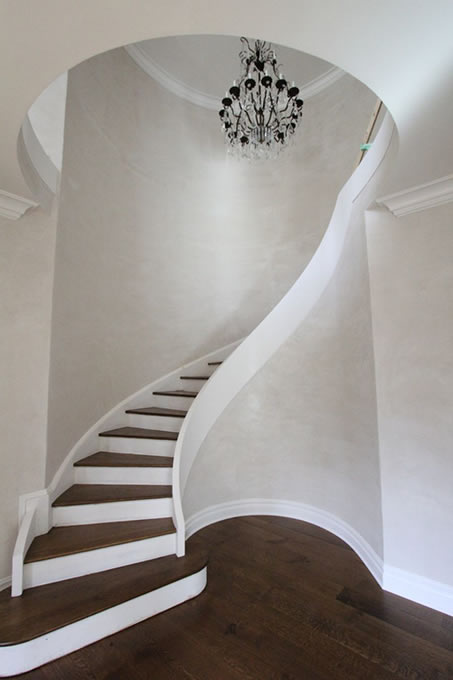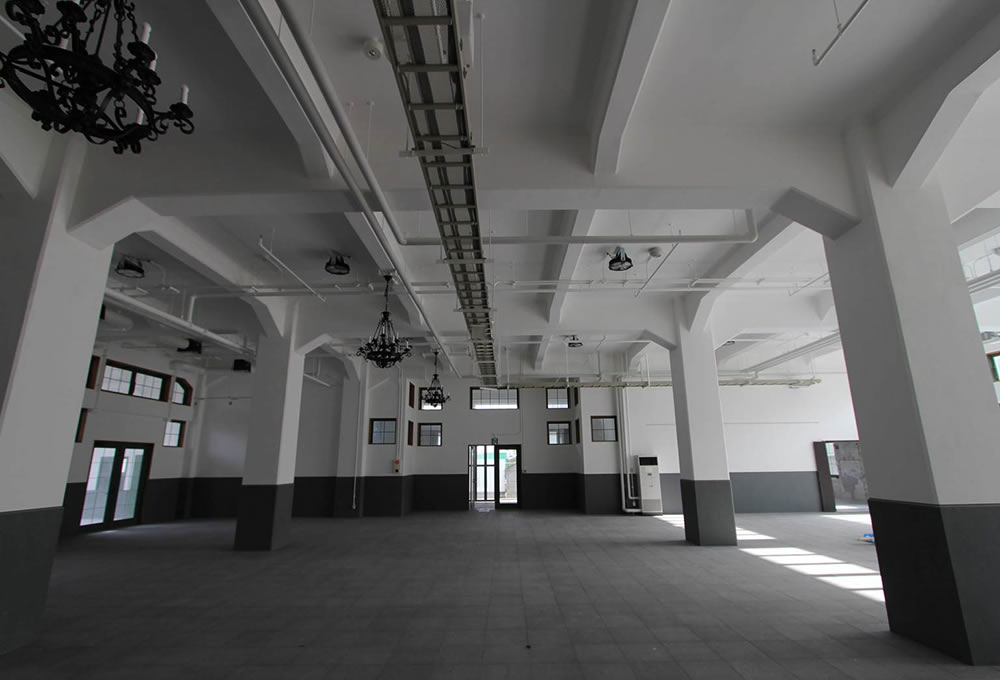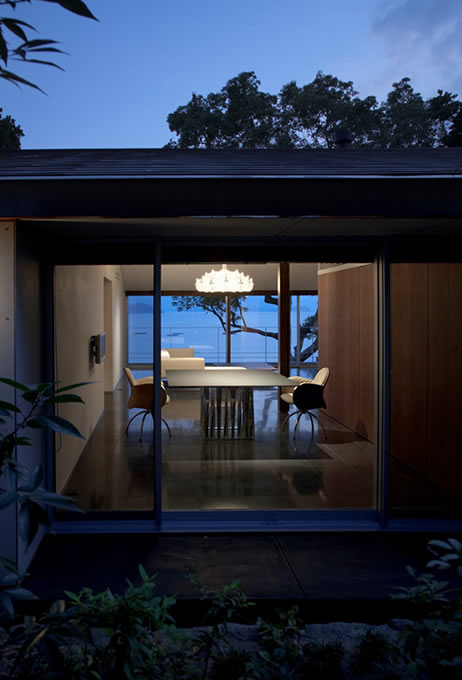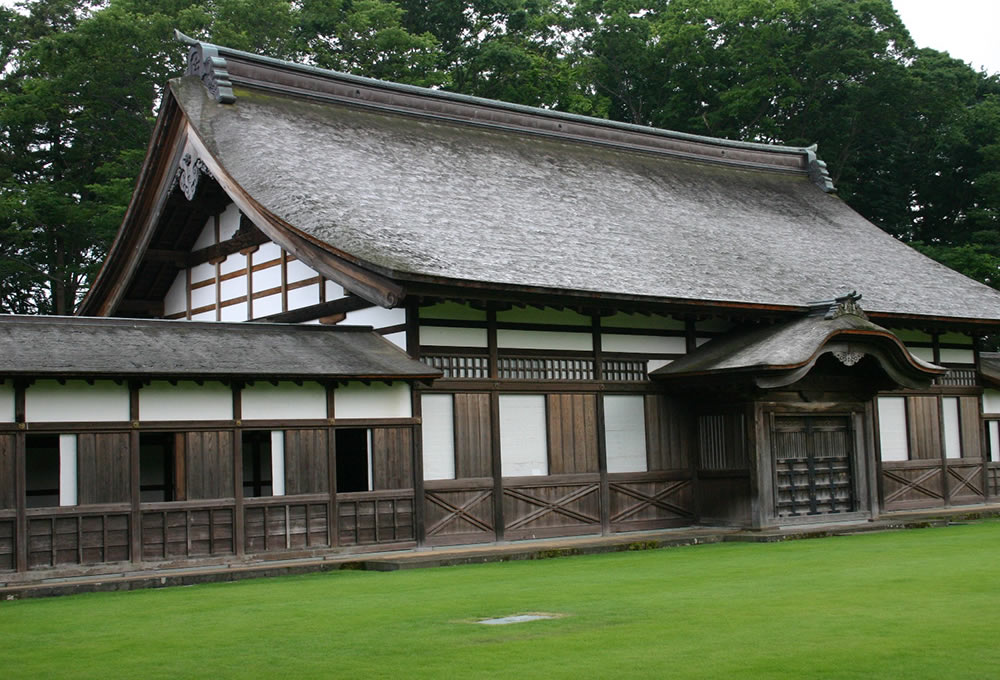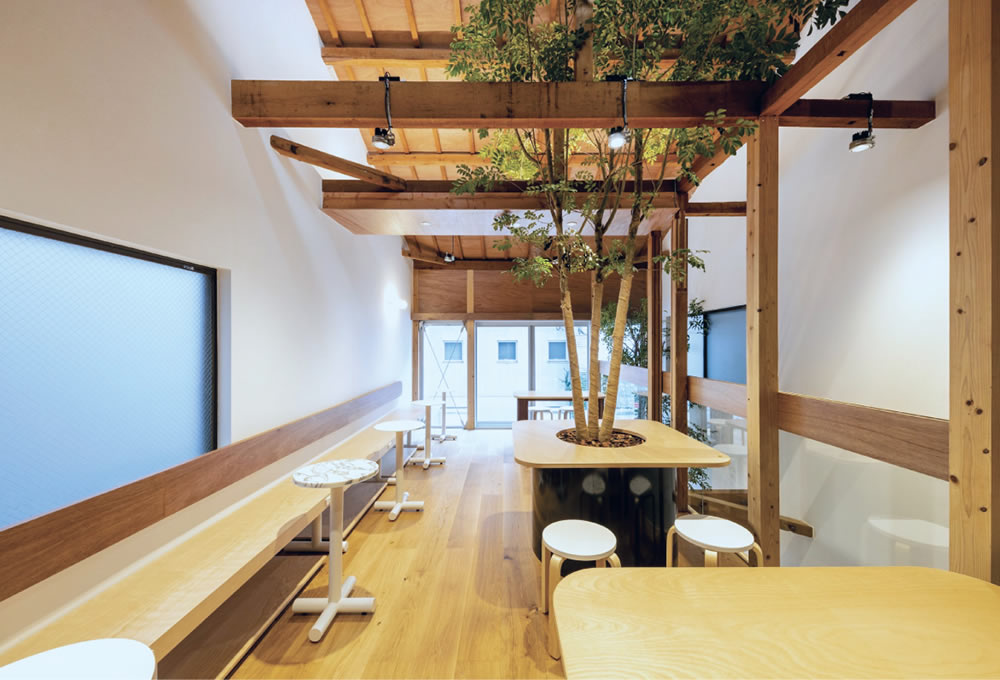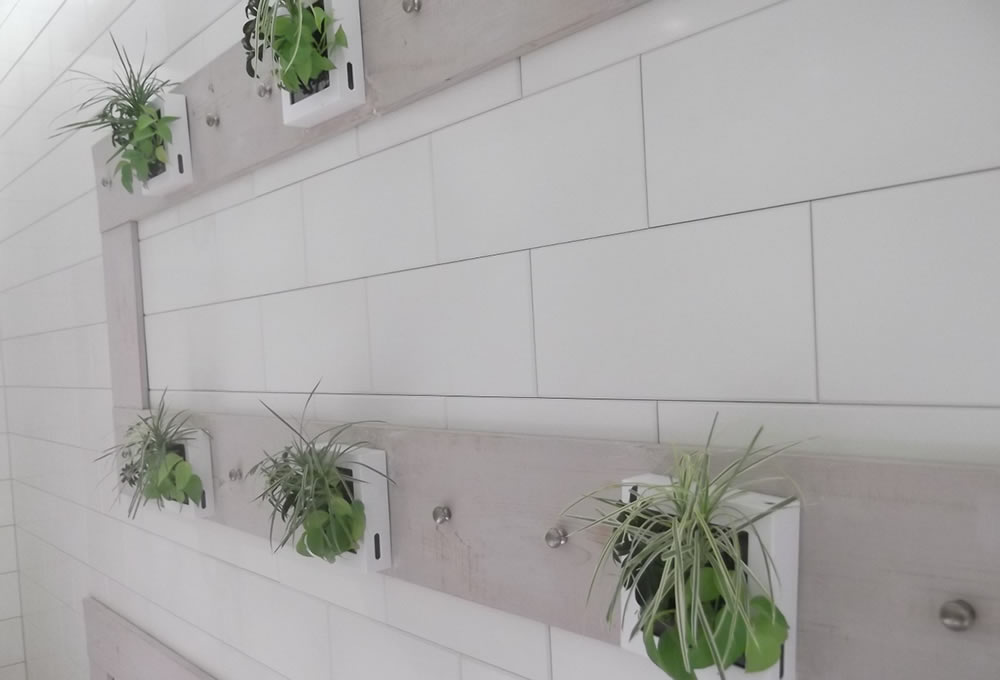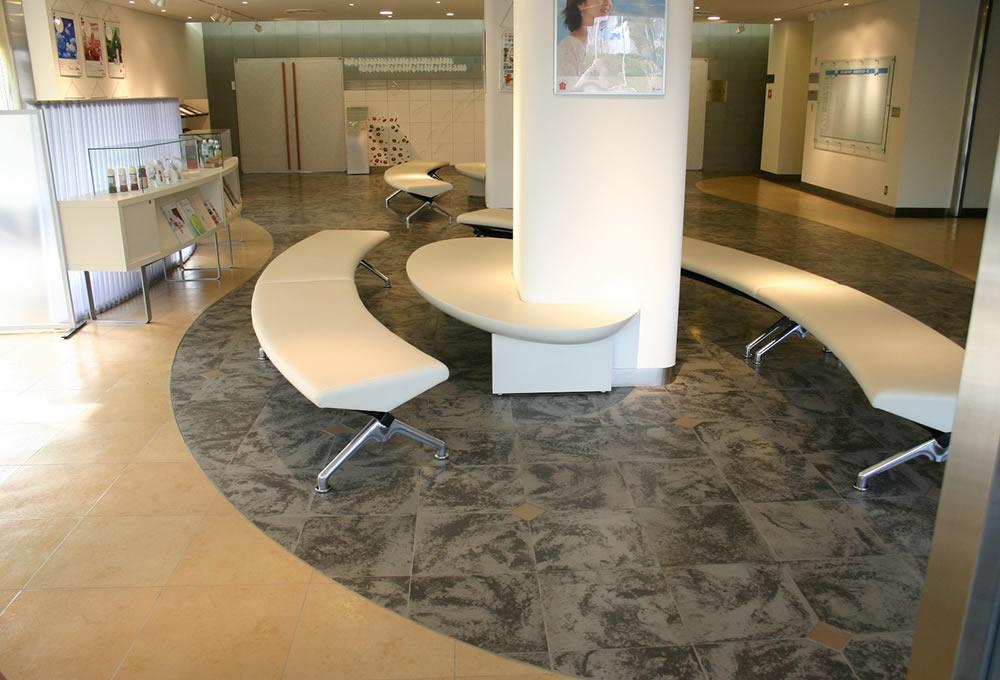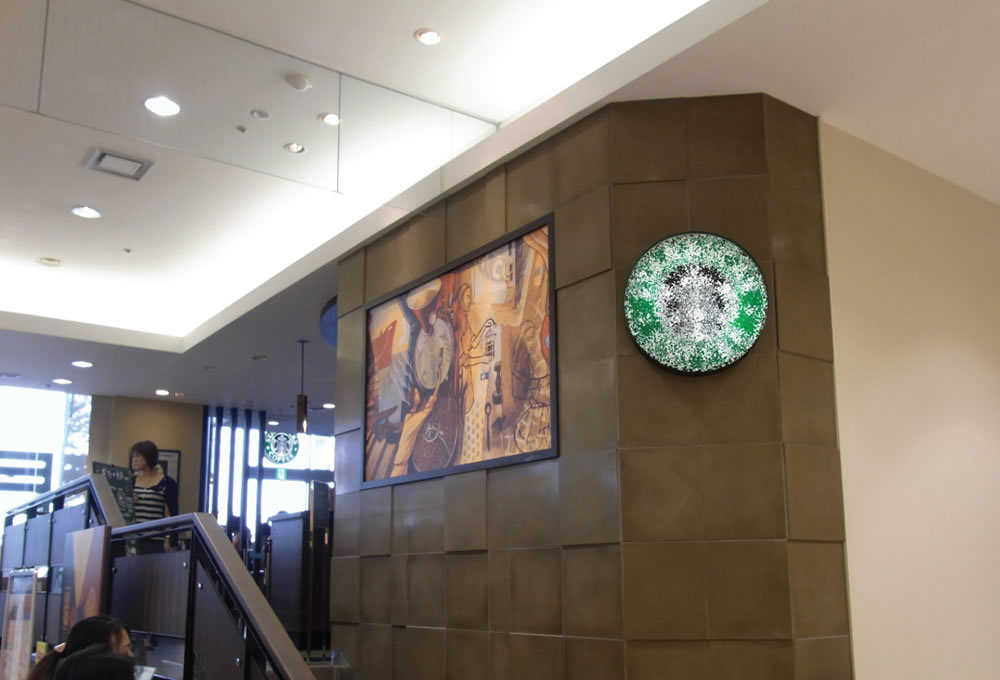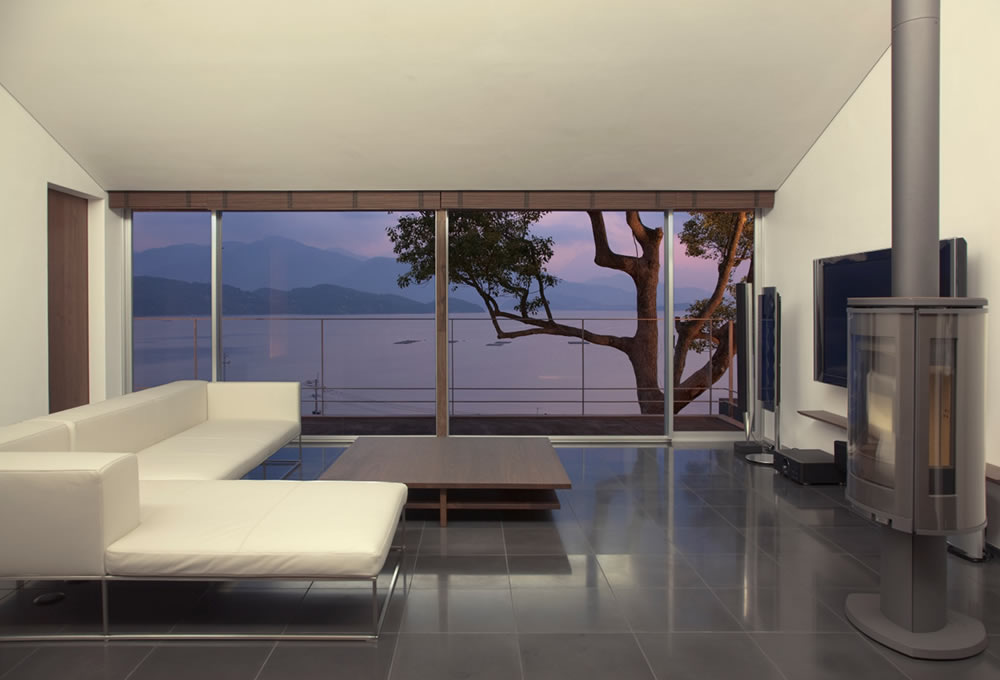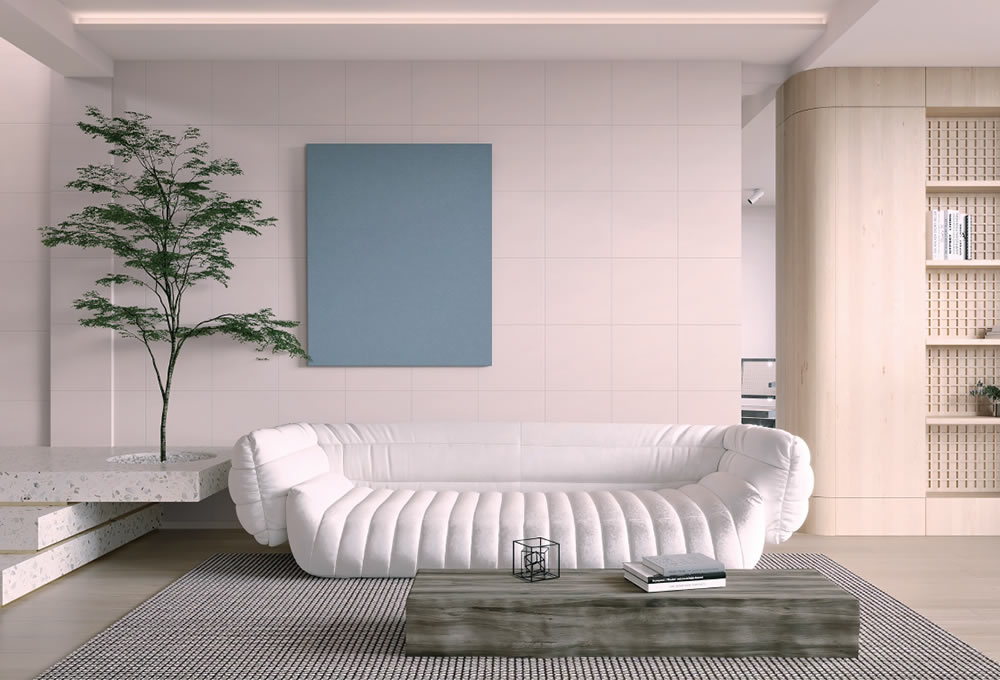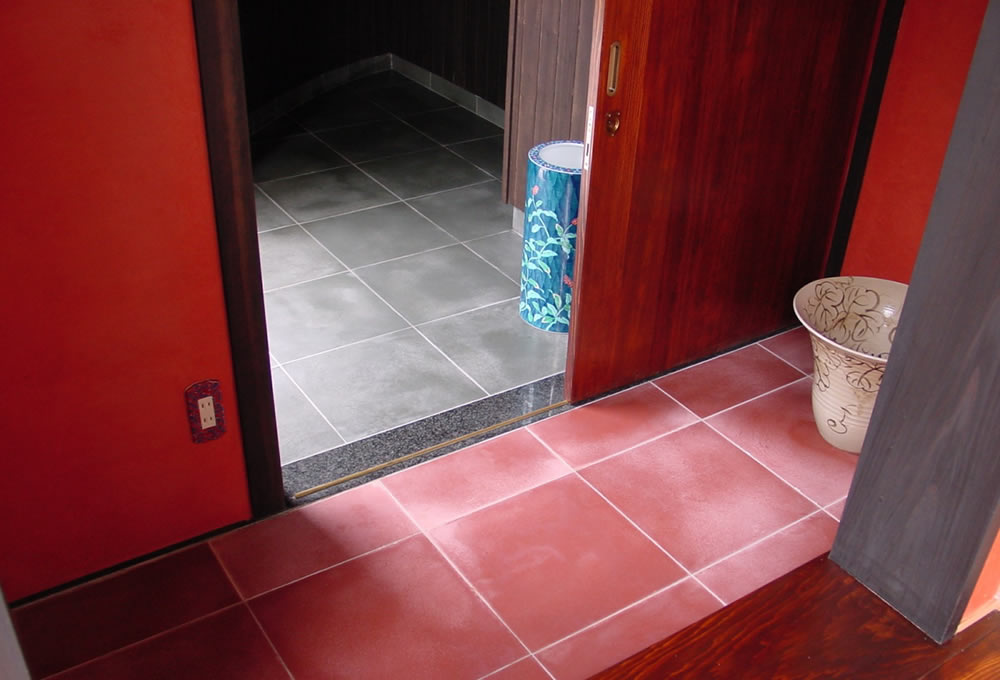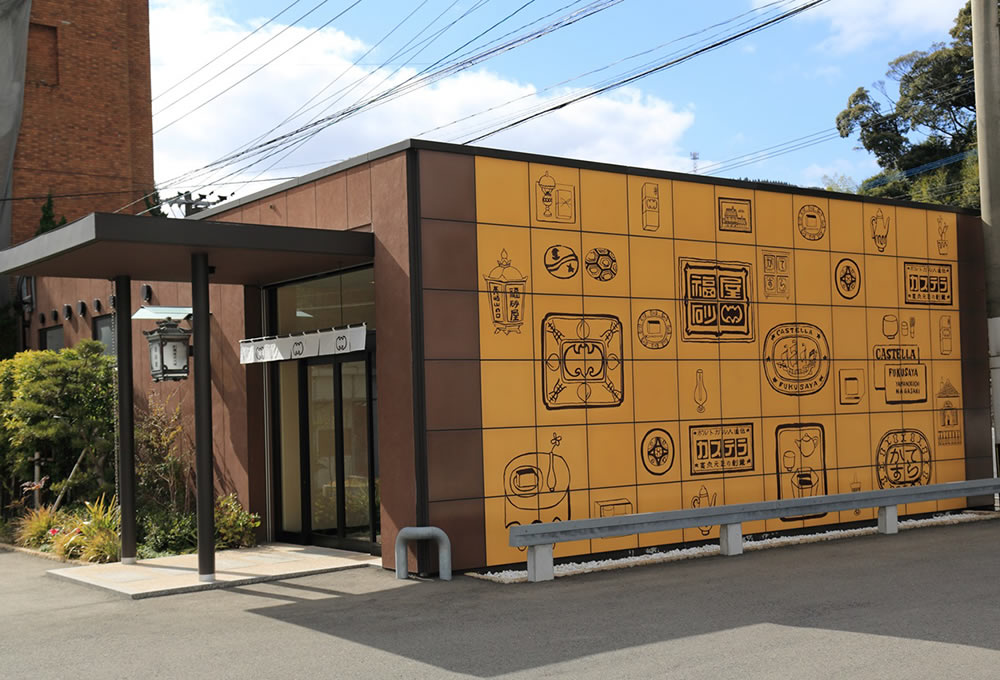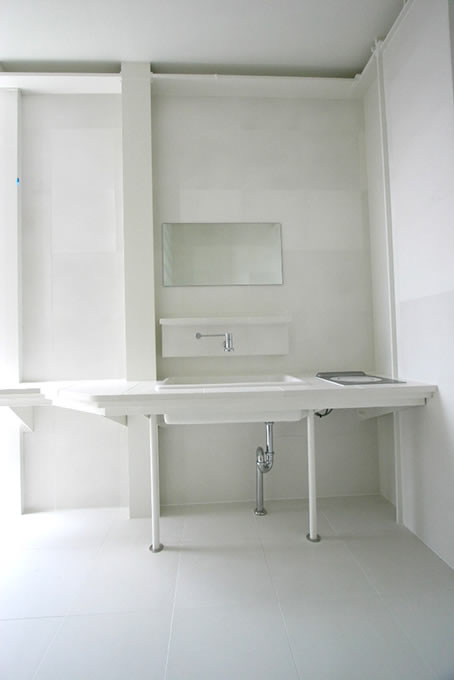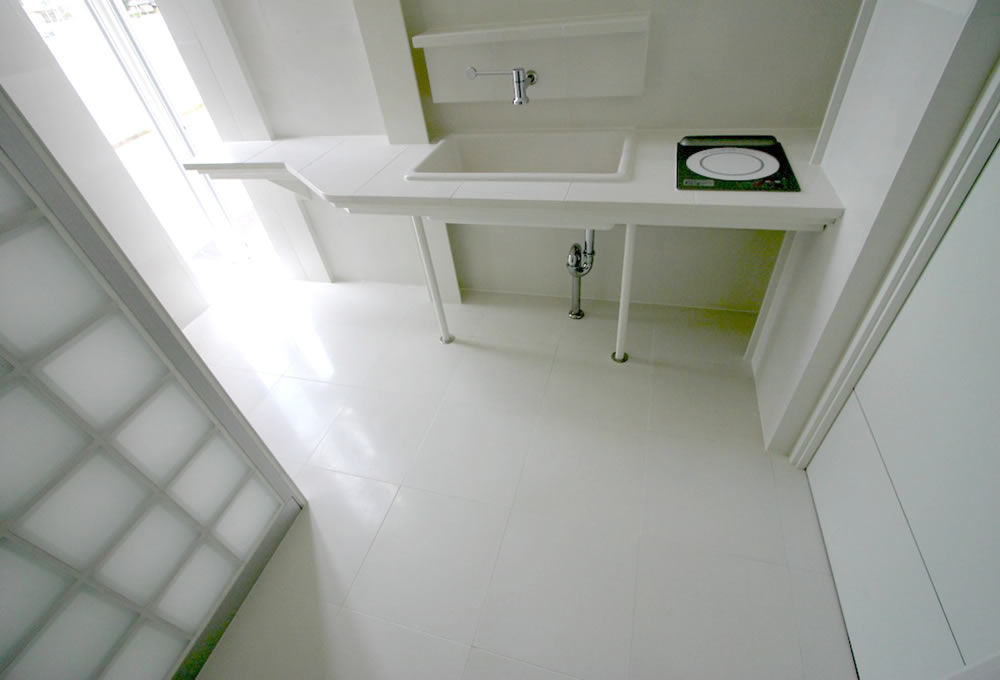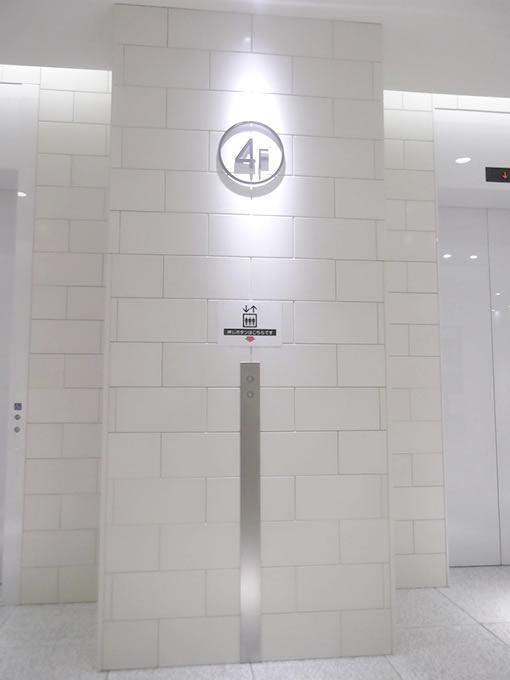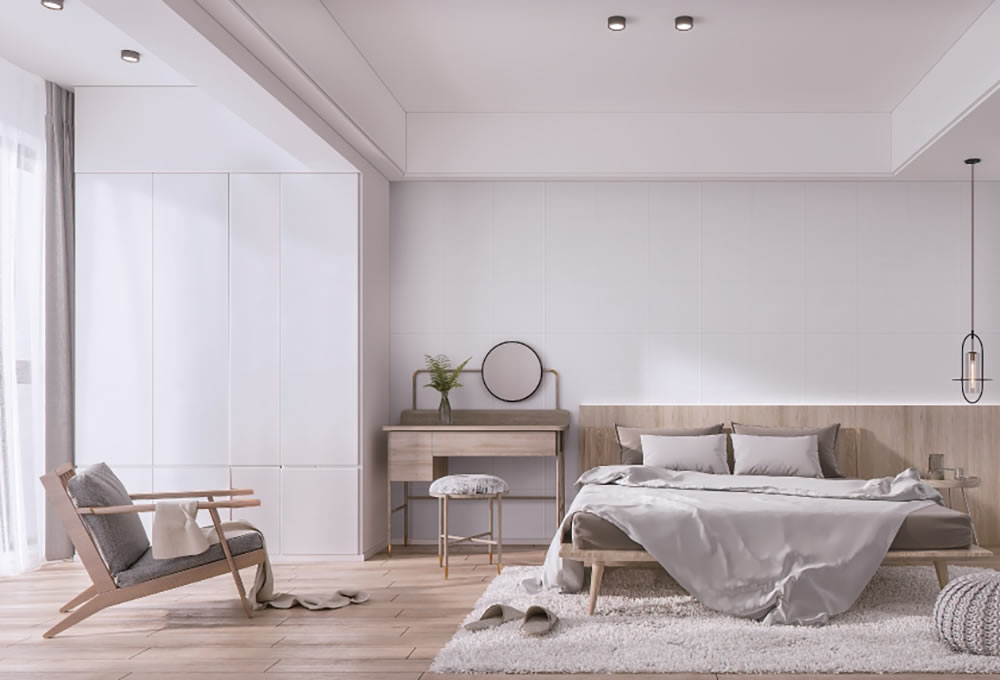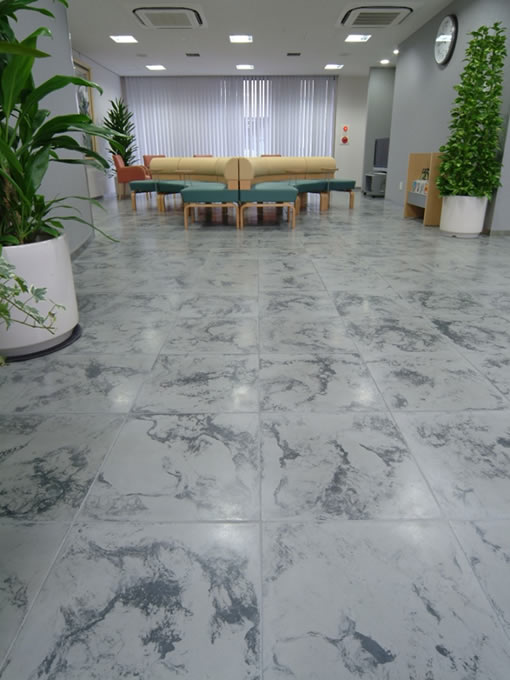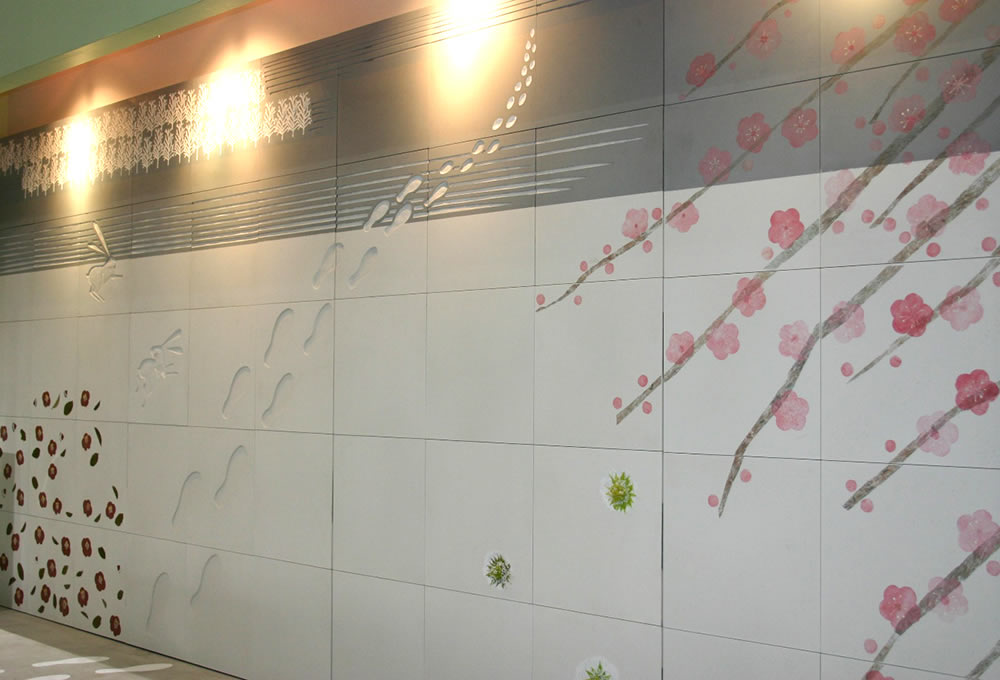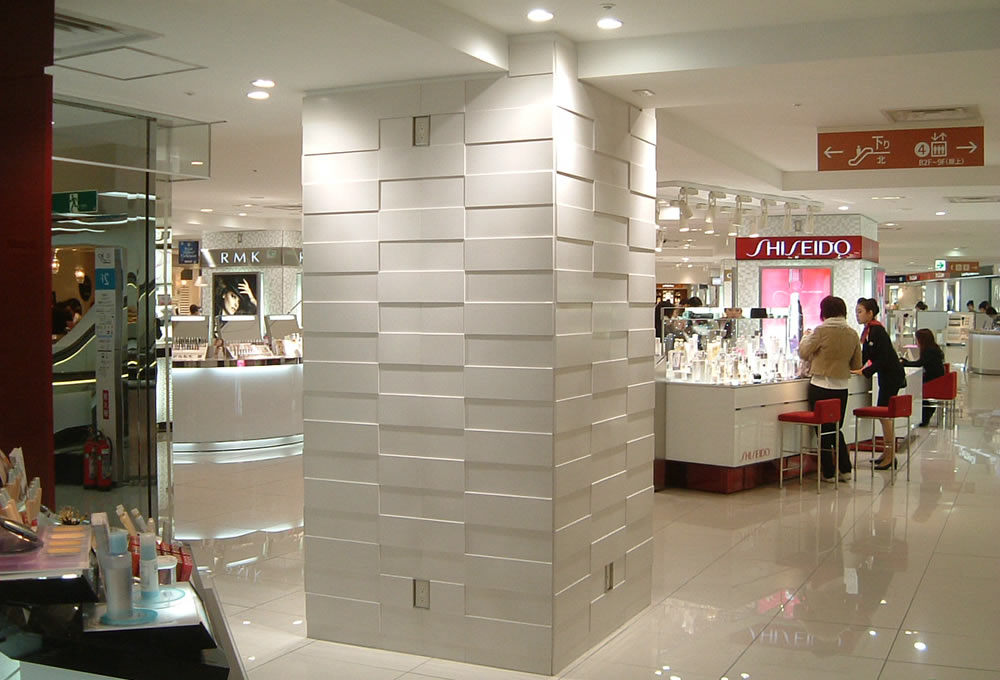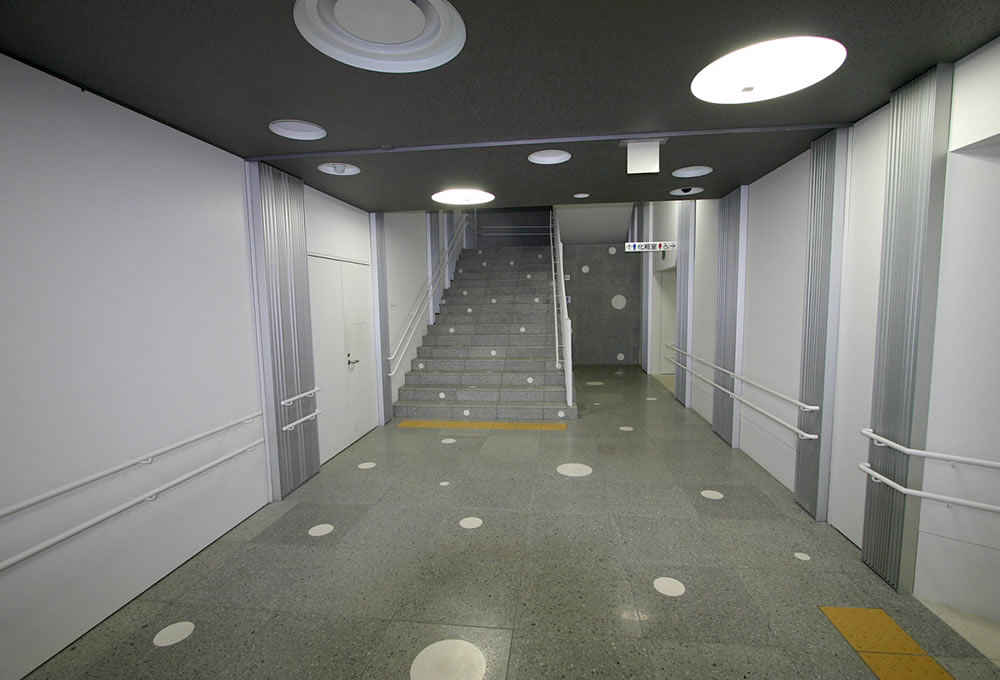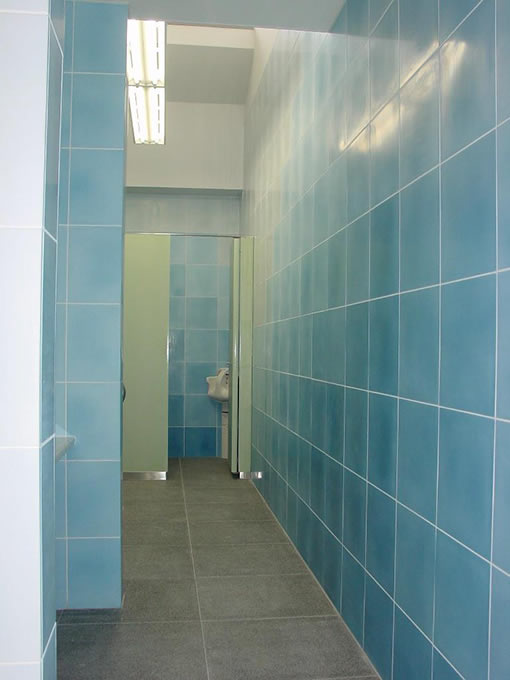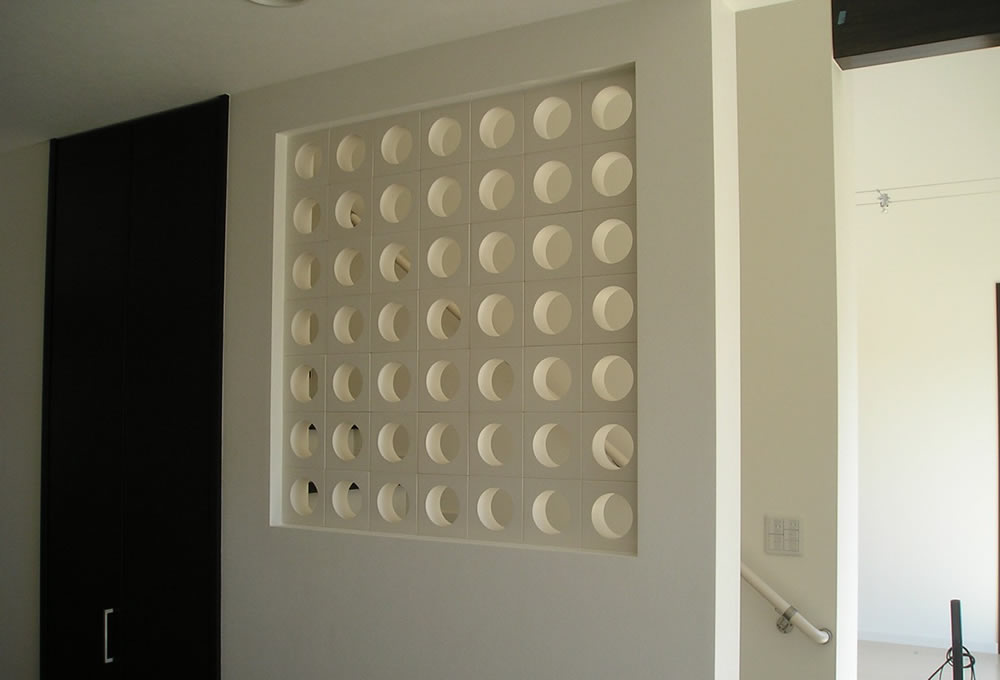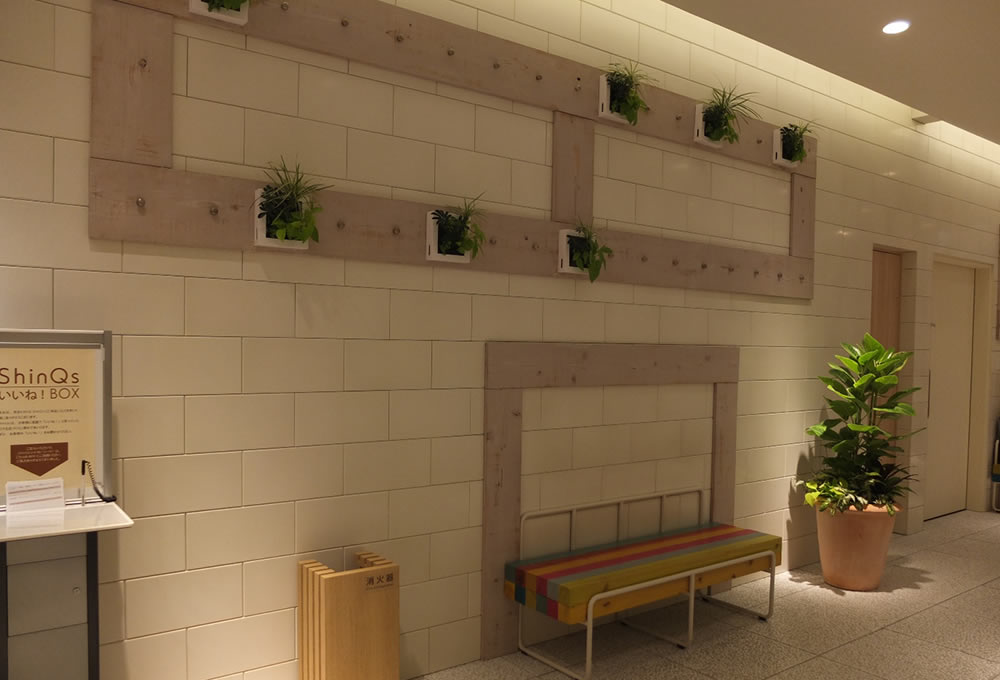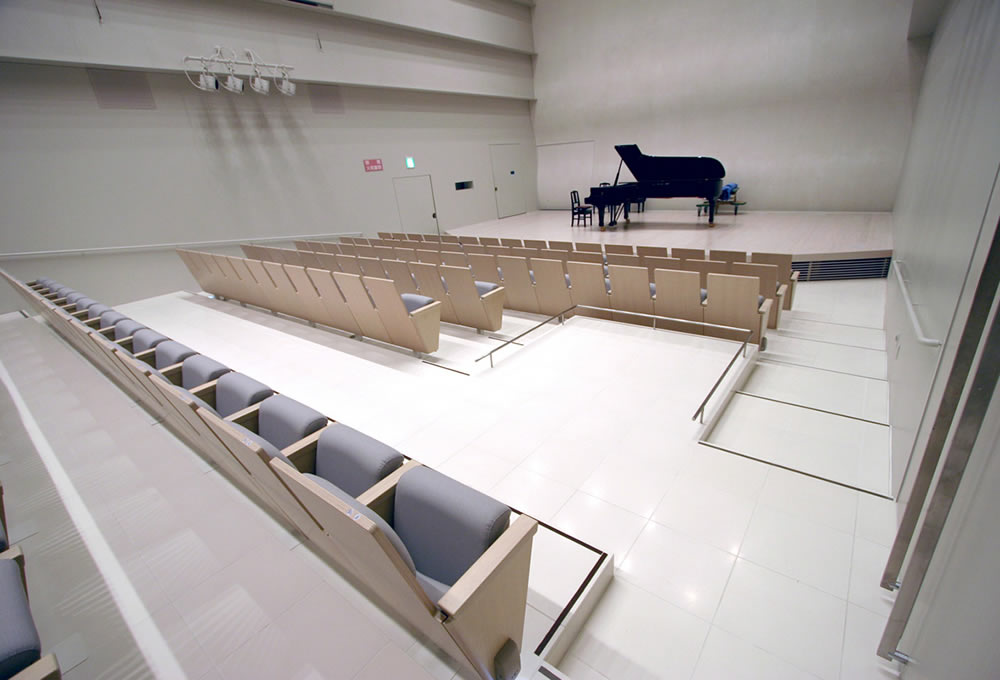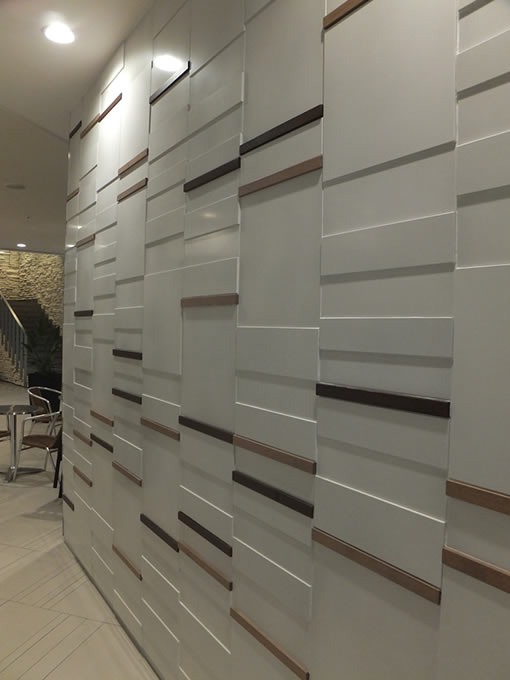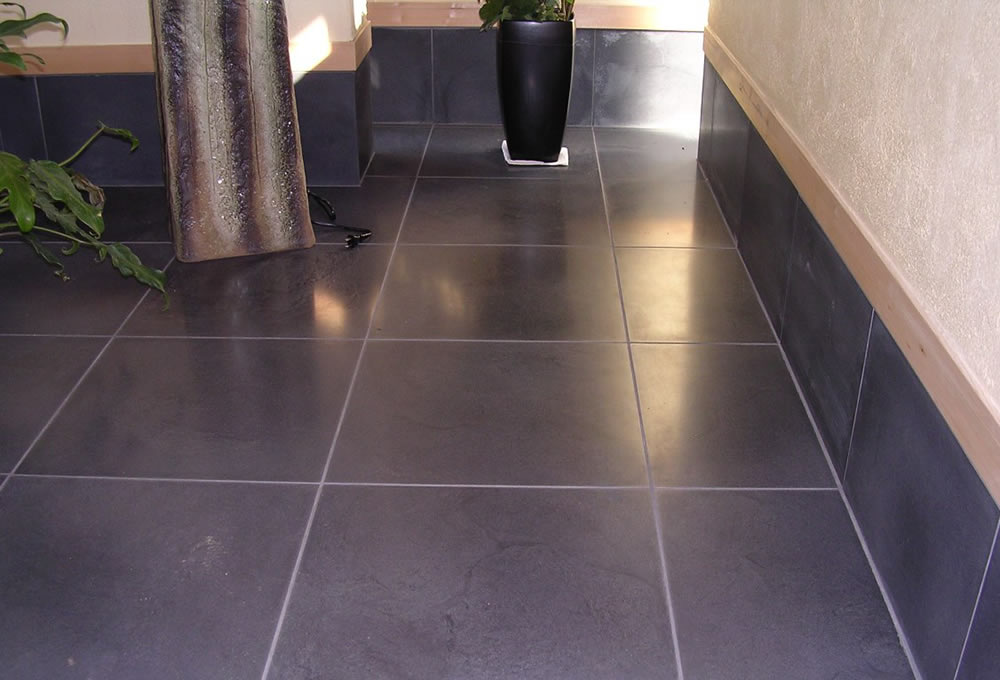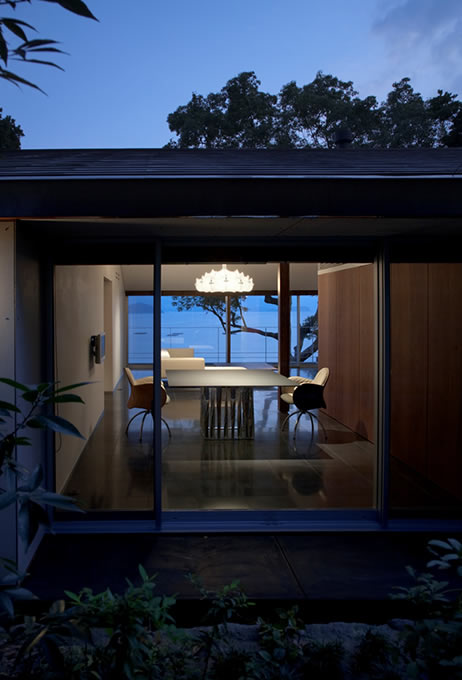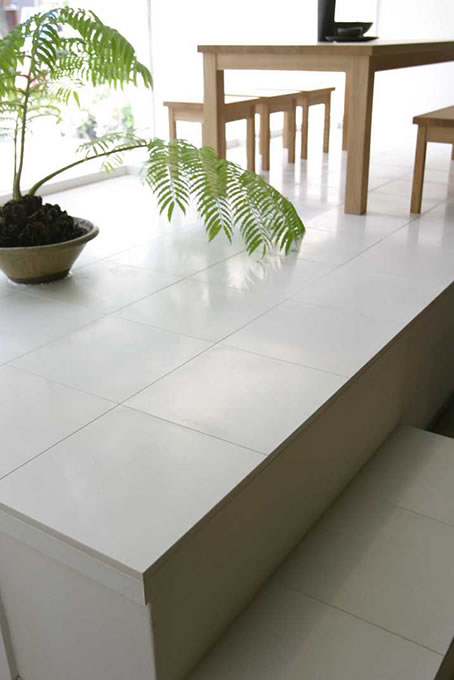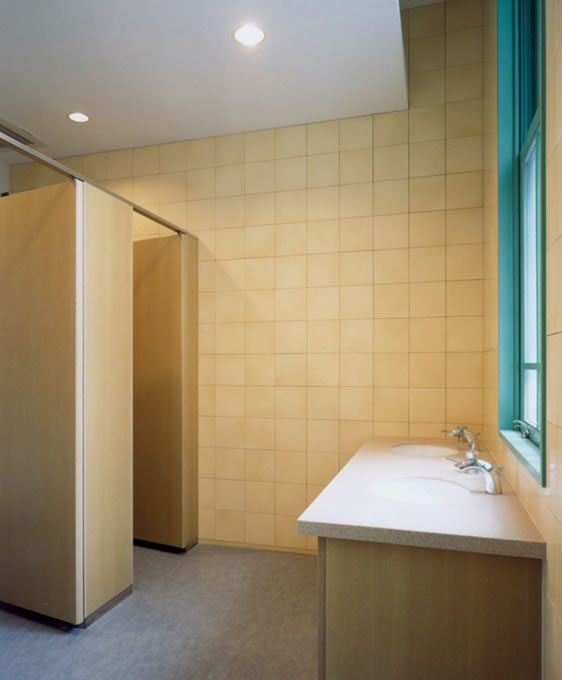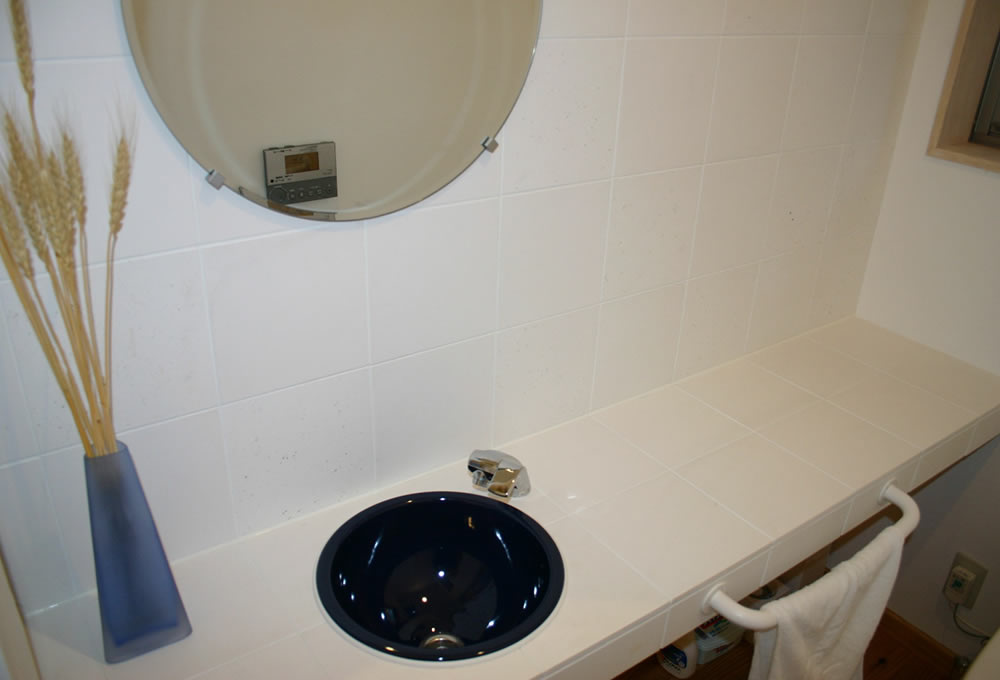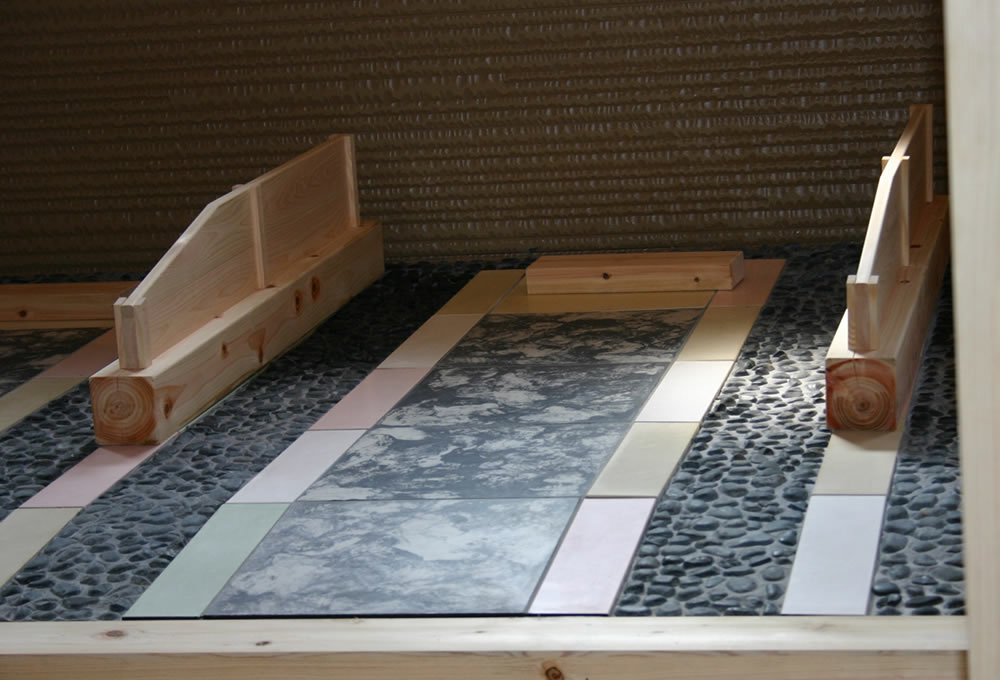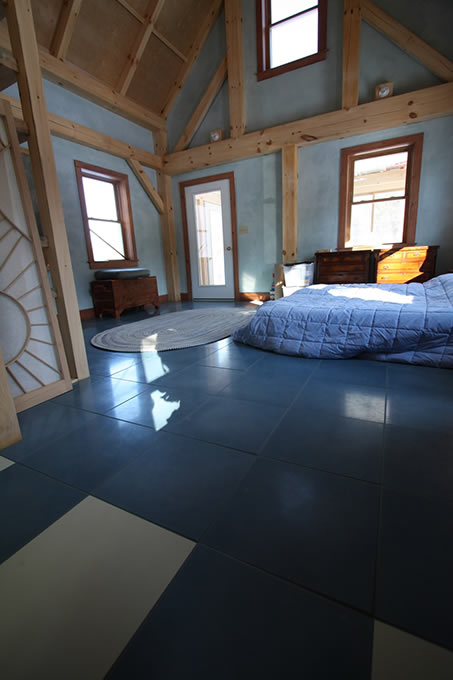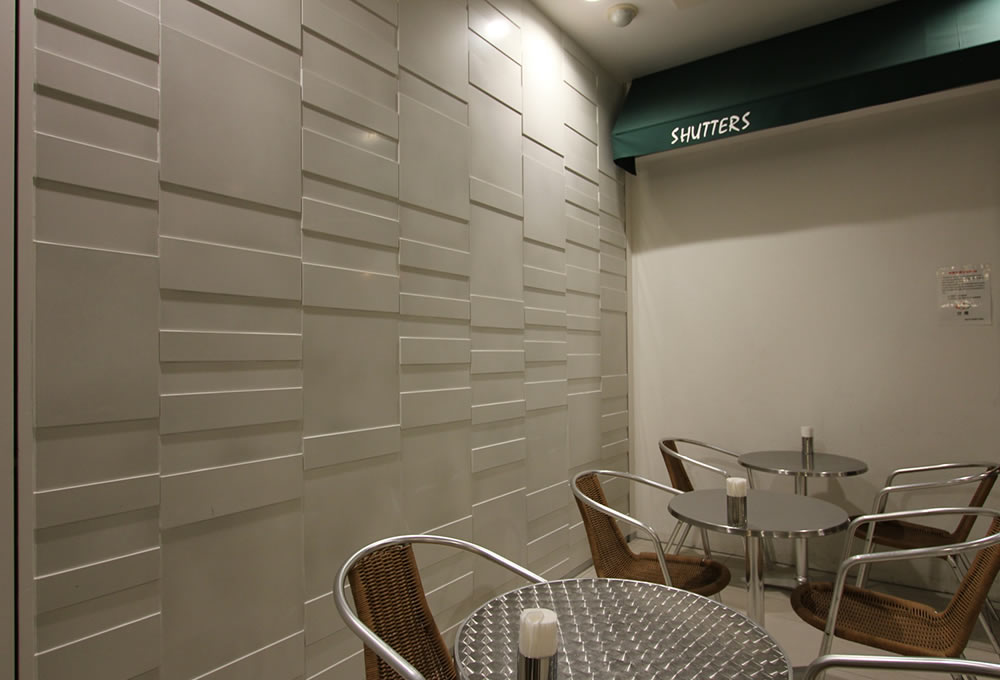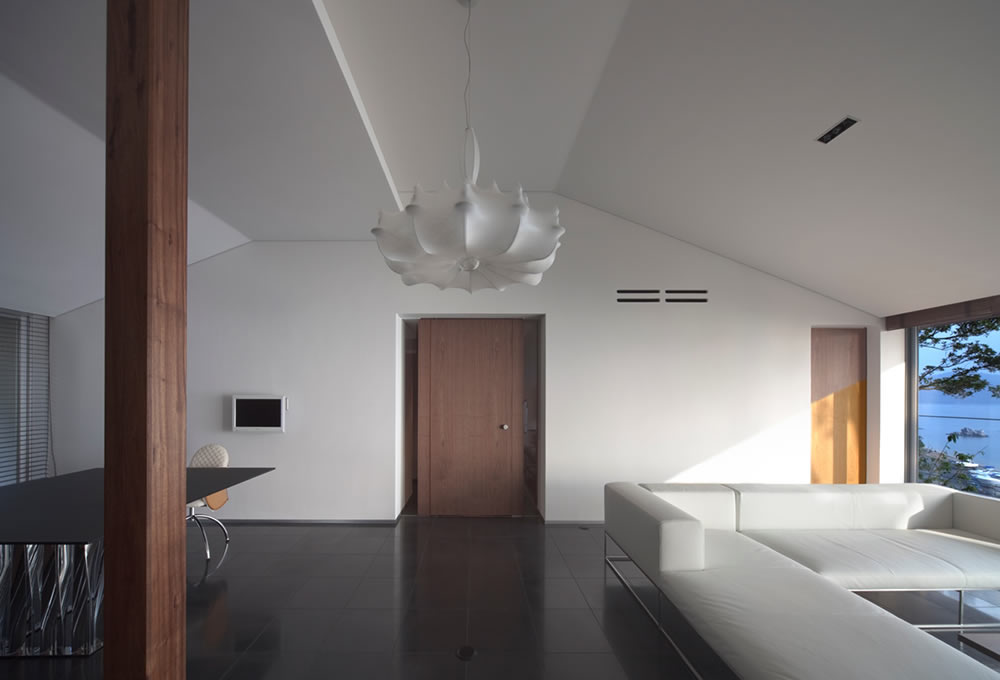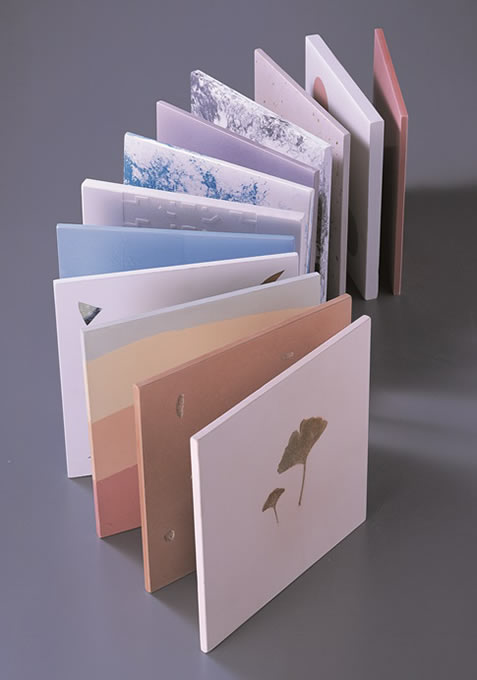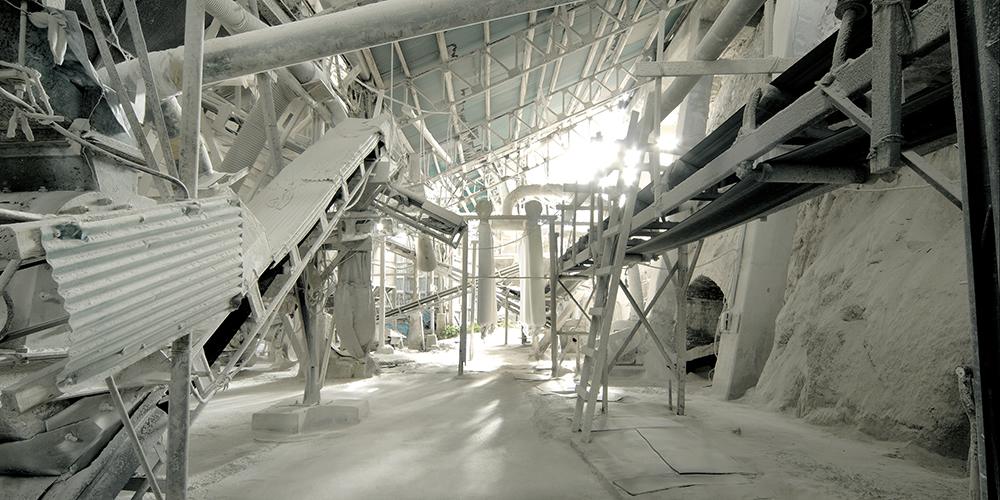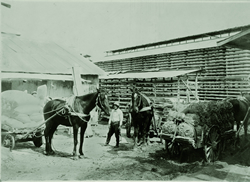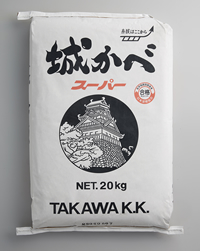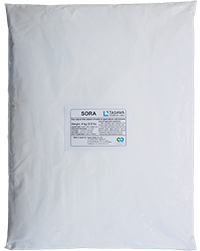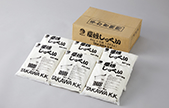Introducing Shikkui
Natural, Earth-friendly architectural surfaces engineered in Japan for creating healthier indoor environment.
- antimicrobial, anti-allergic
- highly humidity-regulating
- VOC and odor neutralizing
- all-natural, biodegradable
- both classic and unique modern designs
Health benefits make sustainability more meaningful
Sharing the same natural compositon, Shikkui and Limix also share the meaningful impact on our health and the environment:
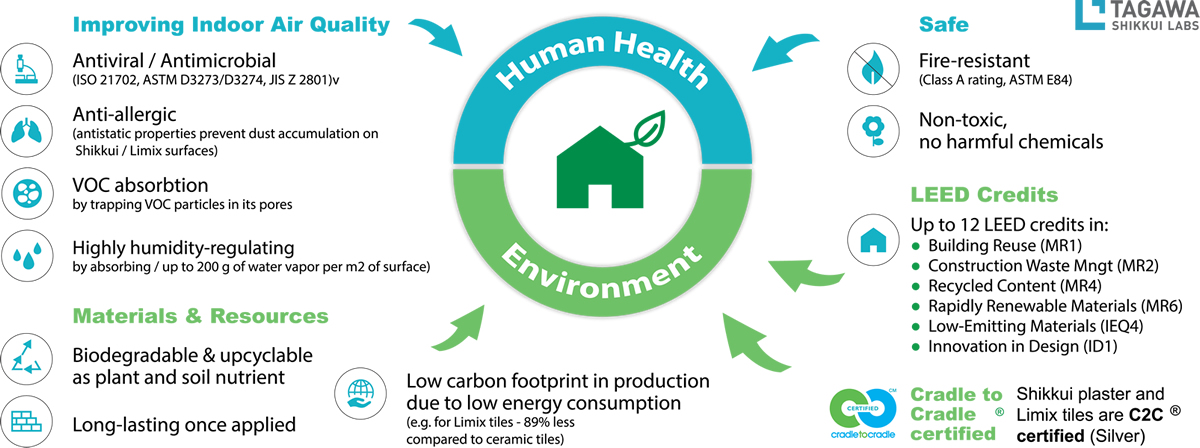
How Shikkui and Limix help create healthier indoor environment
Harmful pathogens (bacteria, viruses, mold spores), VOC gases, bad smells and house dust continuously circulate in any indoor air, originating from a variety of sources: dirt, skin cells, furniture, paint, wallpaper, pets, and any objects we use indoors.
The natural antimicrobial feature of Shikkui and Limix disinfects the air from microbes, and its high porosity not only helps bring indoor humidity to a comfortable level of 40-60% (recommended by ASHRAE), but also in combination with photocatalyst targets VOC gases breaking them down into harmless compounds. In addition, Shikkui surface being anti-static prevents dust accumulation, thus serving as anti-allergic.
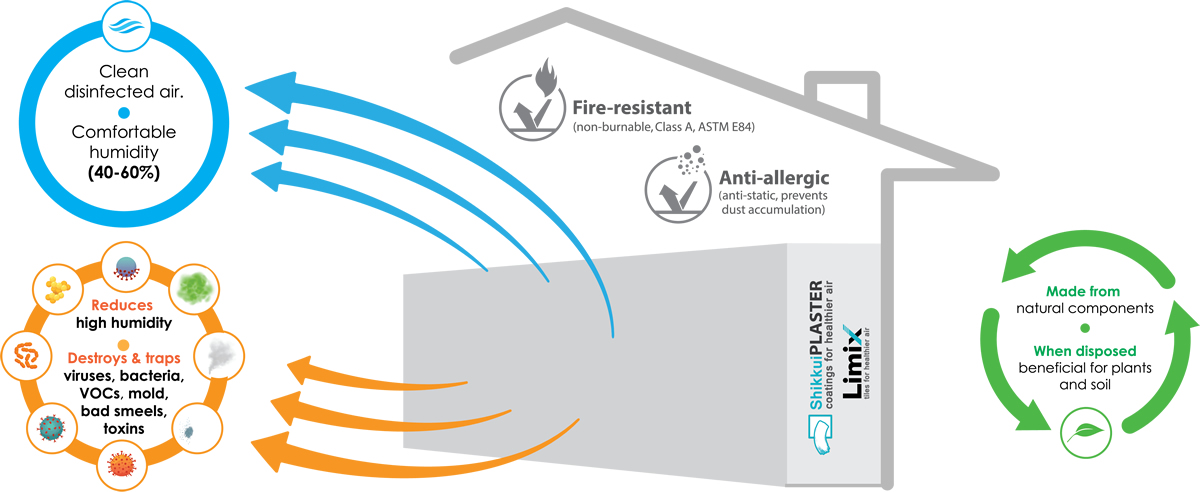
Fresh, cleaner indoor air for your family’s comfort and well-being

Combined with a quality HVAC system, Shikkui and Limix surfaces actively help create genuinely healthier, dehumidified air without pathogens, harmful VOC gases and allergens.
Shikkui finishes range in products types and application tools:
-

Trowel or spatula
Both traditional Japanese and modern decorative artisan finishes with highly versatile textures ranging from subtle matte to polished or relief.
-

Roller
Paint-type Shikkui applied by a roller offers a familiar and easy application method with the health benefits of Shikkui.
-

Airless sprayer
Commercial airless sprayers allow fast application of sprayable Shikkui and, thus, time and cost savings.
How Shikkui differs from paints
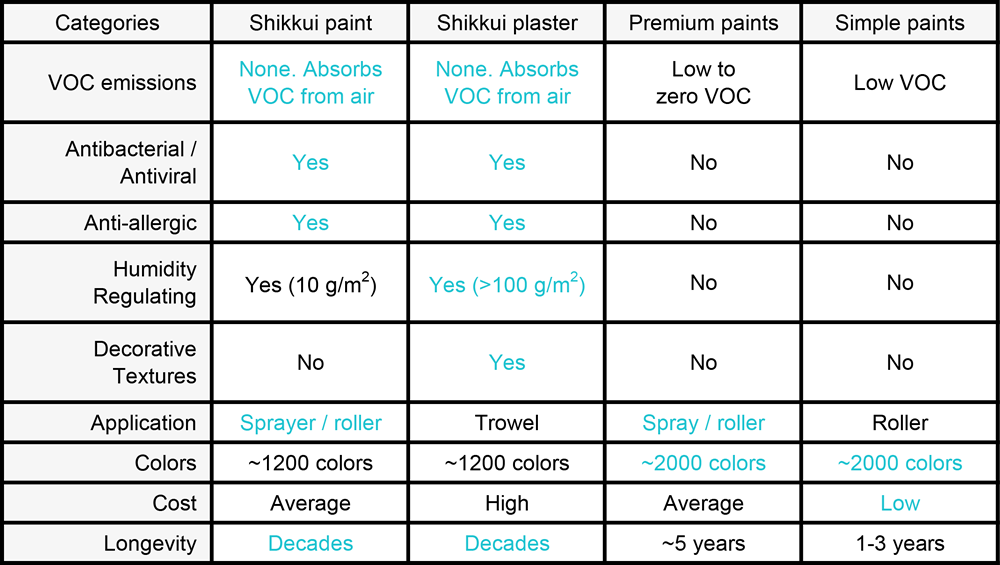
Verified by third parties
Described Shikkui performance has been verified by independent tests according to ISO, JIS and ASTM standards.
-

Anti-viral (ISO 21702)
99.4% elimination of Feline
Coronavirus in 2 hours -

Antibacterial (JIS Z 2801)
Complete elimination of Escherichia coli in 24 hours
-

Anti-mold (ASTM D3273/74)
Rating 10 (no fungal growth)
-

VOC content (ASTM D3960)
Zero-VOC finishes (0.0-0.7 gr/L or
0.0-0.0 lbs/gal) -

Fire resistant (ASTM E84)
Class A (Type I in other codes)
-

Sore D Hardness (ASTM D2240)
61-85 (depending on product)



